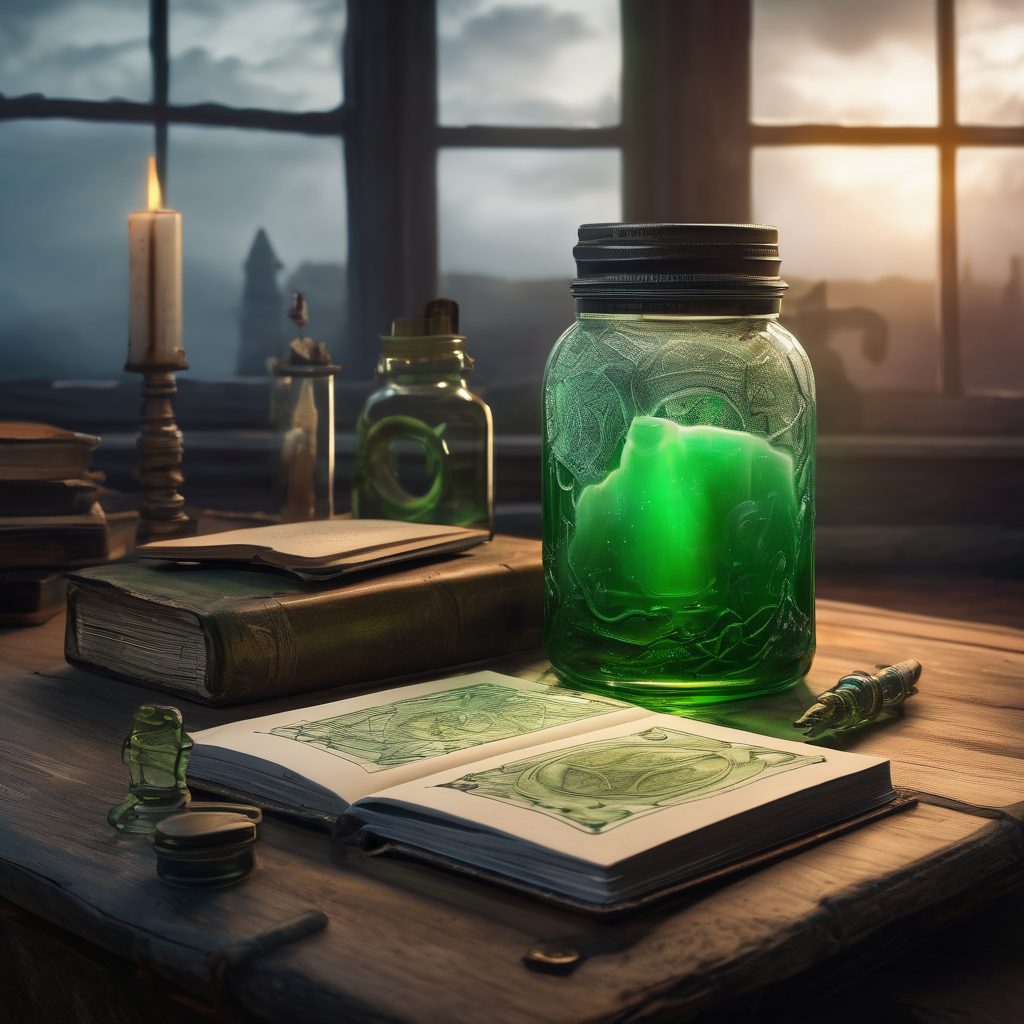In a fascinating revelation about the young actor Jacob Elordi’s transformative journey, he shared an intriguing encounter from his childhood that would ultimately shape his cinematic path. The inspiration struck while he was in a Blockbuster Video store, captivated by the haunting image of the Pale Man from Guillermo del Toro’s “Pan’s Labyrinth.” Elordi’s mother, aware of the film’s dark themes, prevented him from watching it, but this early experience instilled a sense of wonder and fear in him about storytelling.
Elordi, now 28, stars as the Creature in del Toro’s long-awaited adaptation of Mary Shelley’s “Frankenstein,” which hits theaters this Friday before streaming on Netflix on November 7. With complex prosthetics and makeup, Elordi embodies the Creature, a creation of the arrogant scientist Victor Frankenstein, played by Oscar Isaac. Del Toro’s rendition of the Creature encompasses a range of emotions, showcasing both innocence and volatility, aspects that Mike Hill, the film’s makeup artist, noted were perfectly captured in Elordi’s performance.
Elordi’s ascent in Hollywood has been marked by roles in popular projects such as “Euphoria” and “Saltburn.” The role of the Creature felt like a calling to him. He recalls an early review comparing him to Frankenstein’s Creature, which he now sees as a serendipitous prelude to his casting. During the filming of Sofia Coppola’s “Priscilla,” he expressed to the hair and makeup team his belief that he was destined to play the Creature, and soon after, that opportunity materialized.
The development of his character has been tied to an exploration of self, with Elordi describing the role as a journey into his psyche, allowing him to express feelings through the character’s struggles with existence and isolation. Del Toro recognized Elordi’s potential to portray the duality of the Creature, describing him as a miracle for the film. To prepare, Elordi delved into a substantial reading list provided by Del Toro, focusing on philosophical texts that connect to themes of creation and consciousness.
As Elordi embodied the Creature, he underwent a physical transformation that required hours of makeup application, an experience that he found liberating. He has described the entire process as not just a film role but a means to explore and rebuild himself, allowing him to enter a “fugue state” on set. His character’s unique blend of fragility and strength required him to tap into deep emotional wells, proving essential for delivering a performance that challenges conventional portrayals of the monster.
Del Toro’s vision for this adaptation emphasizes the beauty and tragedy of creation, eschewing the typical scars associated with the monster in favor of a more human and artistic representation. The collaboration between del Toro and Elordi highlights a profound connection through their respective interpretations of the material, each phase of the production affirming their artistic synergy.
As “Frankenstein” prepares for its release, Elordi reflects on the impact of this project on his identity as both an actor and an individual, suggesting a remarkable sense of rebirth in taking on such a complex role. He emphasizes the transformative power this experience has held for him, merging his professional and personal explorations in ways that may resonate deeply with audiences. Whether fueled by a curse or a miracle, Elordi’s journey as the Creature seems poised to leave a lasting impact on both himself and those who witness his performance.
